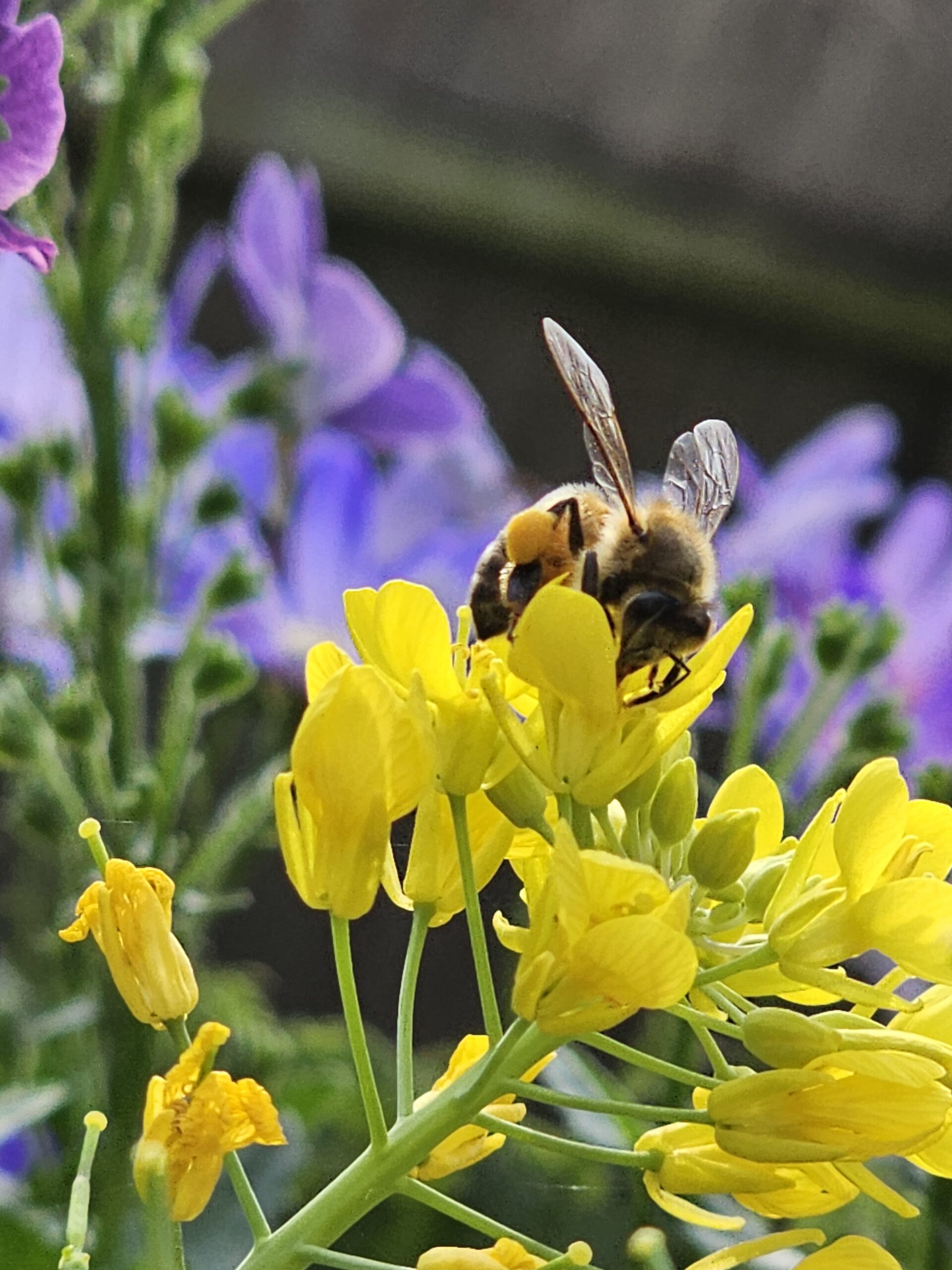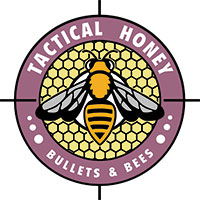Your cart is currently empty!
When Can We Harvest Honey?
A Seasonal Guide for Central Texas
Part 4 of 4: The Honey Integrity Series
This article is part of a four-part series exploring the purity, science, medicinal value, and seasonal harvesting of real honey.
The short answer? It depends.
Honey harvests follow nature’s calendar — not ours. Here in Central Texas, where wildflowers bloom in waves and drought can strike unpredictably, the timing and abundance of honey production can vary dramatically from year to year.

At Tactical Honey, we follow a bee-first approach. That means we harvest only when the colony has a true surplus — and only after the bees’ needs are fully met.
No Harvests in the First Year
New colonies (from swarms, cut-outs, or splits) spend their first season building comb, raising brood, and establishing themselves. During this time, their energy goes into survival — not storage. That’s why we typically don’t harvest any honey the first year. In fact, early feeding may be required to help them get established (especially during drought or late-season starts).
Understanding Texas Forage Patterns
Central Texas has a very seasonal nectar calendar. Here’s what a typical year looks like:
- Spring (March–May): The primary honey flow. Native trees, shrubs, and wildflowers like agarita, huajillo, mesquite, bluebonnet, and Indian paintbrush provide rich nectar sources. If spring rains are strong, colonies thrive and fill combs with honey.
- Early Summer (June): A brief secondary bloom may occur if late spring rains extend into early summer. Bee brush and Texas sage may flower after rain events, but the flow is often short-lived.
- Mid–Late Summer (July–August): The dearth begins. Extreme heat (often 100°F+) and drought conditions bring nectar production to a halt. Bees stop foraging and rely on their spring honey stores to survive.
- Fall (September–October): If late summer rains fall, goldenrod, broomweed, and asters may provide a modest autumn flow. This helps colonies replenish before winter — and occasionally allows for a small fall harvest. In dry years, however, fall bloom is sparse or nonexistent.
- Winter (November–February): Bloom sources are scarce. Bees cluster to conserve warmth and rely entirely on their stored reserves. Only on warm afternoons will they forage briefly, if anything is blooming.
For more on the plants that power these seasonal cycles, see our Native Pollinator Bloom Calendar.

Responsible Harvesting: How We Decide
Every year is different, but our harvest decisions follow the same core principles:
- Leave the first year alone. Let new colonies focus on survival.
- Always check the hive’s needs first. A good rule of thumb is to leave at least 50–70% of the honey behind — more during drought.
- Harvest only after key seasons. We wait until after the summer dearth or after the bees are fully prepped for winter.
- Support natural forage. The more native bloom available, the more resilient and productive the colony becomes.
Our goal isn’t maximum extraction. It’s maximum vitality — for the bees, the land, and the honey itself.
More Than a Crop — It’s a Collaboration
Unlike commercial operations that take all the honey and replace it with sugar syrup, we operate with restraint. The bees keep what they need. We take only the true surplus — and only when the conditions allow.

Want to understand why this matters for purity and medicinal value? Start at the beginning of the series with What You Should Know About Honey & Why Purity Matters.
Explore the full series:
• Part 1: What You Should Know About Honey & Why Purity Matters
• Part 2: The Science of Honey: Why Local, Raw Honey Is Better
• Part 3: Medicinal Honey: Nature’s Original Remedy
• Part 4: When Can We Harvest Honey? A Seasonal Guide for Central Texas
